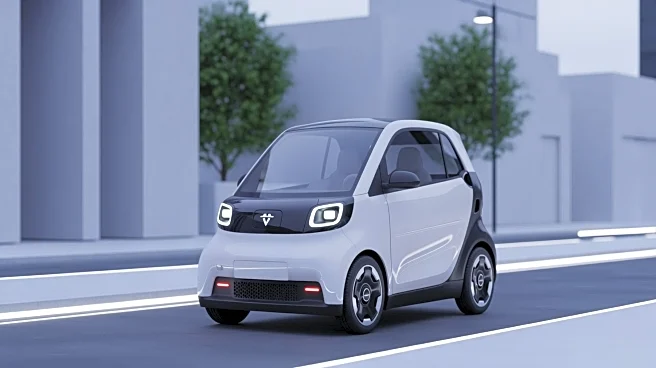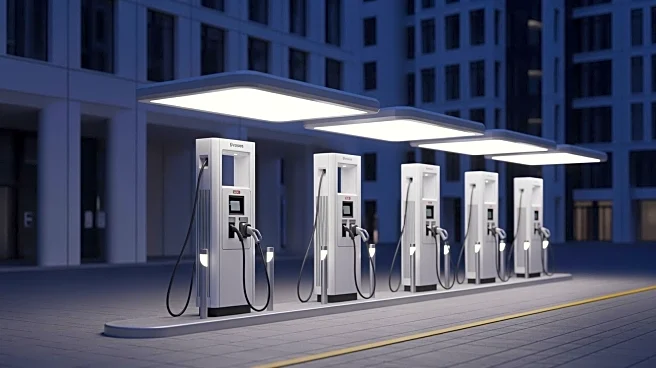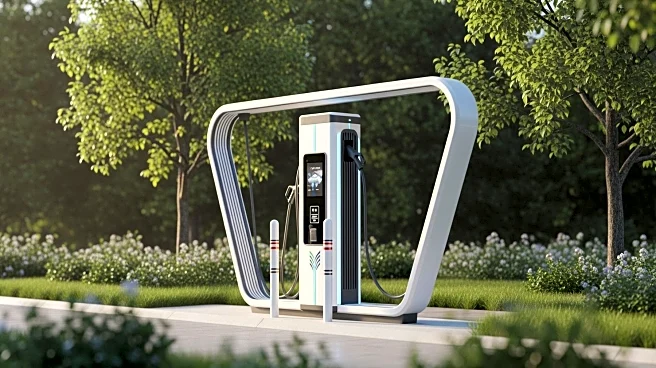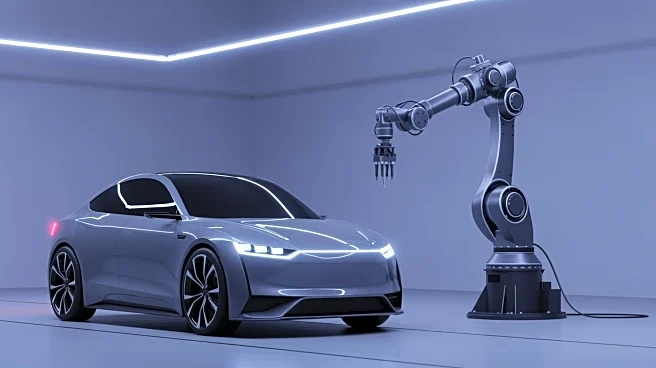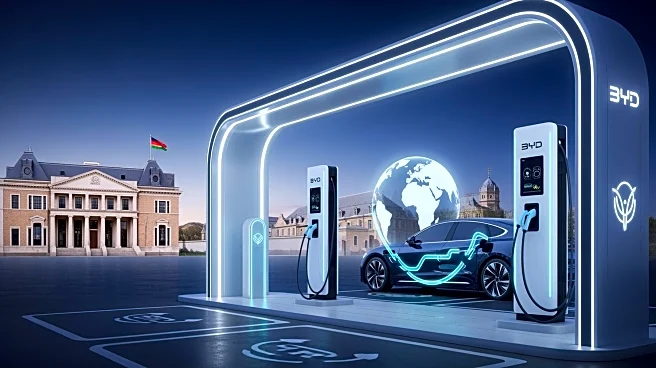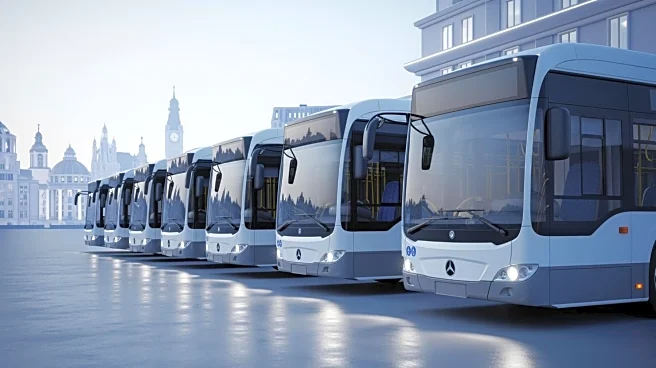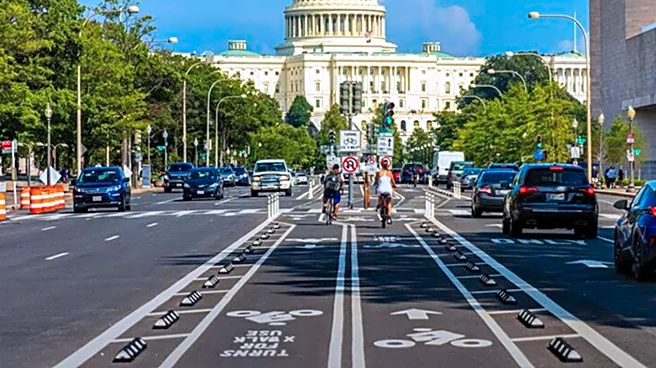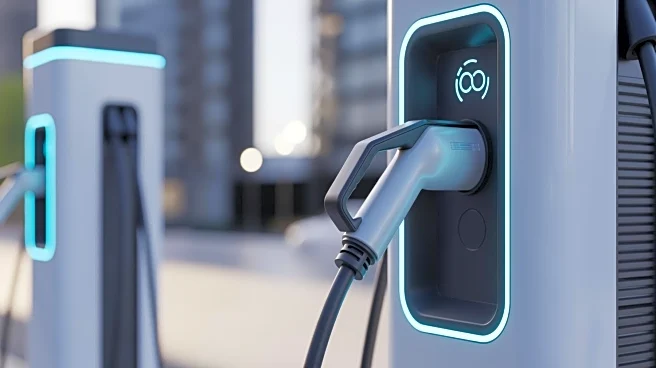What's Happening?
Amsterdam is witnessing a micro electric vehicle revolution, characterized by the proliferation of tiny electric cars navigating its narrow streets. These vehicles, ranging from bubble-shaped designs to
sleek models reminiscent of golf carts, are part of Europe's micro EV boom. The quadricycle classification, a regulatory framework, allows these vehicles to operate under less stringent rules than full passenger cars, making them cost-effective and ideal for city life. The transition from internal combustion engine quadricycles to electric models is accelerating, driven by urban air quality concerns and advancements in electric technology.
Why It's Important?
The rise of micro electric vehicles in Amsterdam represents a significant shift in urban transportation, addressing challenges such as congestion, parking scarcity, and emissions. These vehicles offer a practical solution for short urban trips, reducing reliance on larger, less efficient cars. The regulatory framework supporting quadricycles facilitates their adoption, promoting cleaner and more sustainable urban mobility. As cities worldwide grapple with similar issues, Amsterdam's experience could serve as a model for integrating micro EVs into urban transportation systems, potentially influencing policy and infrastructure development.
What's Next?
The micro electric vehicle market in Europe is projected to grow significantly, with electric models driving the majority of this expansion. As battery technology improves and urban emissions regulations tighten, the transition from ICE quadricycles to electric models is expected to accelerate. Amsterdam's success with micro EVs may inspire other cities to adopt similar strategies, fostering innovation in urban mobility solutions. The continued development of charging infrastructure and supportive policies will be crucial in sustaining this growth and ensuring the widespread adoption of micro electric vehicles.
Beyond the Headlines
The micro electric vehicle revolution in Amsterdam highlights broader cultural and societal shifts towards sustainable living and urban efficiency. These vehicles challenge traditional notions of car ownership and transportation, emphasizing the importance of right-sizing mobility solutions for urban environments. The movement also raises ethical considerations about accessibility and inclusivity, as these vehicles offer mobility options for individuals who may not have access to traditional cars. As cities evolve, the integration of micro EVs could reshape urban landscapes, influencing everything from infrastructure design to lifestyle choices.
